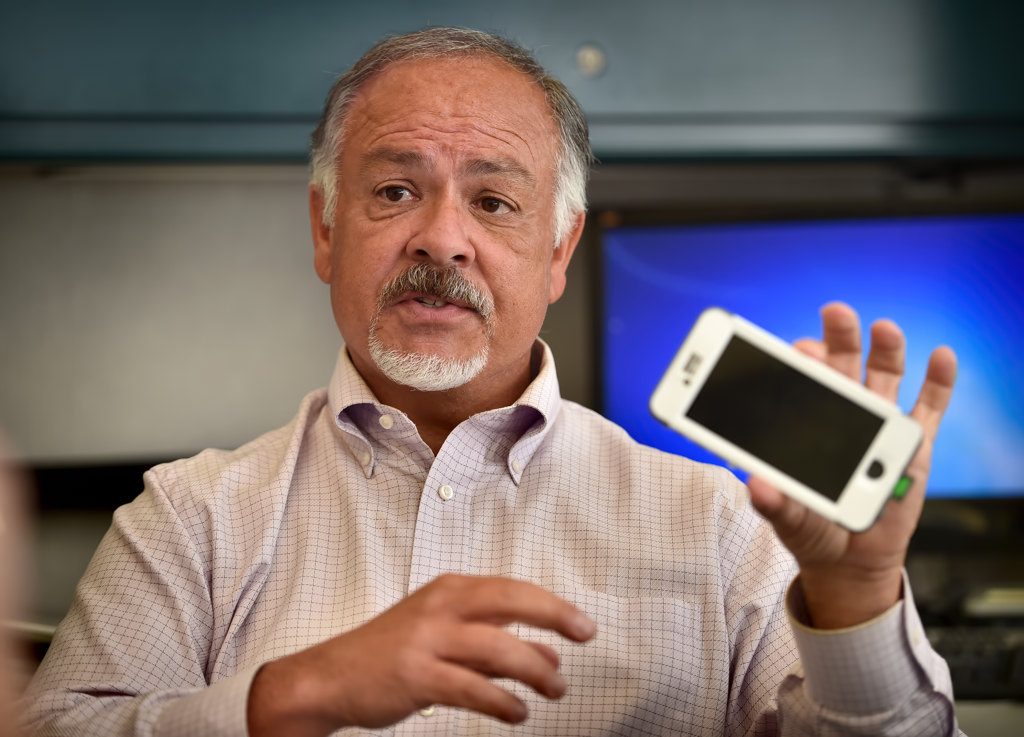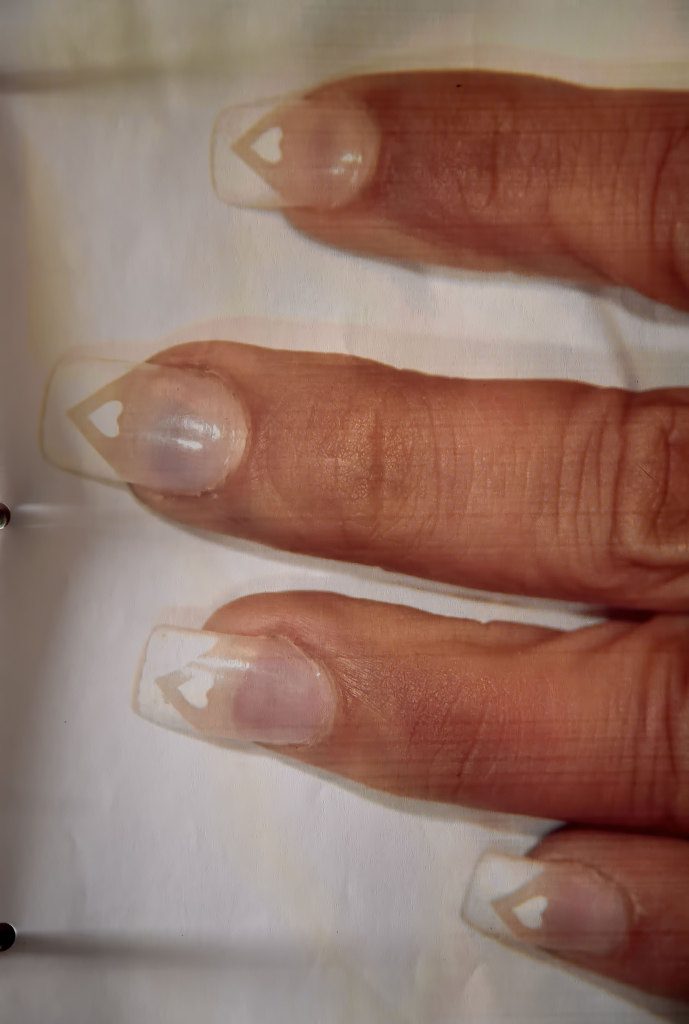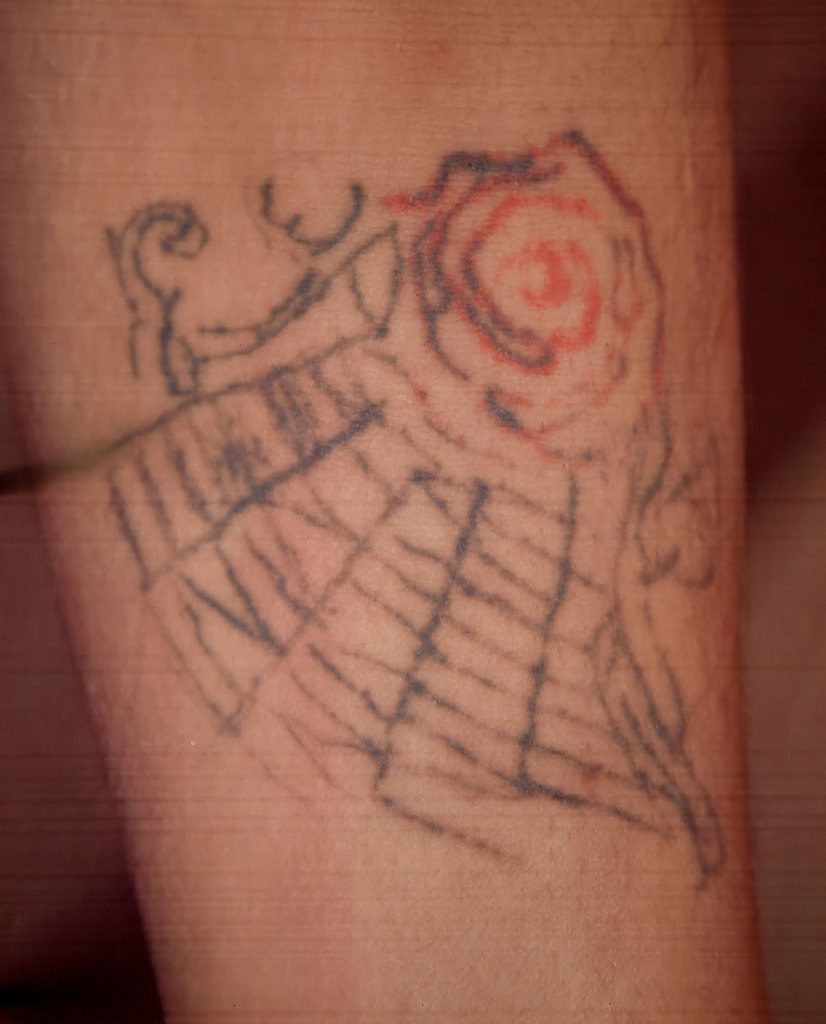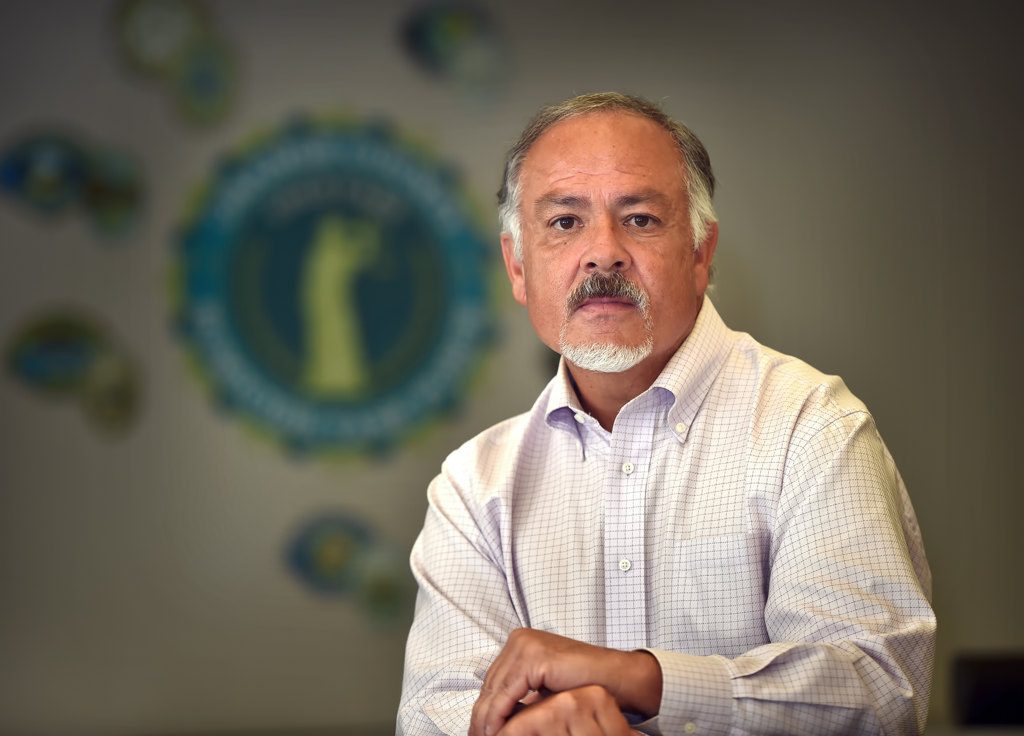She was found dead on her back in the brush, about 12 feet down an embankment on Ortega Highway.
Her fingernails, with white hearts painted on them, remained clean and unbroken.
She was wearing blue jeans and a black Lycra top, but was shoeless.
Investigators with the Orange County Sheriff’s Department figured she was a victim of a classic “body dump,” killed elsewhere in the dead of night on Jan. 31, 2006 and discarded about three miles east of San Juan Capistrano.
For nearly 12 years, OCSD investigators have been unable to determine the identity of this woman – or the identity of her killer or killers.
The sad fate of Jane Doe, believed to be a Latina in her 20s and 30s, still nags at Dan Salcedo, a former homicide investigator with the OCSD who has helped solve some of Orange County’s most notorious murder cases.
In August 2014, Salcedo returned to crime-solving as the OCSD’s part-time representative on the multi-agency Orange County Cold Case Homicide Task Force, whose members dust off unsolved crimes in the hopes of shaking out new leads.
The Jane Doe case, which takes up a 6-inch white binder, is one of six Salcedo says has the greatest potential of being solved, out of some 140 unsolved homicides he has pored over.
“Maybe there are some witnesses that can be followed up on, or physical evidence that can be re-tested or re-analyzed with the latest technology,” said Salcedo, who puts in 10-plus hours a week on the task force.
The other two current members of the task force are Huntington Beach PD Det. Don Howell and Dean Fulcher, an investigator with the Orange County District Attorney’s Office who is assigned full time to the task force.
This Wednesday, Jan. 31, will mark the 12-year anniversary of when Jane Doe’s body was discovered by a motorist who happened to pull over on the shoulder right near where she had been dumped.
Salcedo is dumbfounded no one has come forward reporting her missing.
“This one has always bothered me,” Salcedo said. “If I can find out who she is, I can work the case backwards to find out who she was last with and what she was last doing, and try to figure out who left her, unfortunately, dead on the side of a road.”
Jane Doe had dark, curly, mid-back-length hair.
She was about 5 feet, 3 inches tall and 105 pounds.
She had a crudely designed tattoo of a stemmed rose and spider wed on a forearm, as well as a Cesarean scar that appeared to have been of Latin American origin. Jane Doe’s scar was vertical. Cesarean scars in the United States are horizontal.

Dan Salcedo talks about how many of the cold case homicides he is working on happened before the advent of many technological tools, including smart phones, that today’s investigators have at their disposal to help solve cases.
Photo by Steven Georges/Behind the Badge OC
Her fingerprints turned up no hits, and Interpol and consulates in several Latin American countries, including Mexico, Honduras and Guatemala, have not received any reports of a missing woman that OCSD investigators can tie to Jane Doe.
Male DNA evidence was found on her body, but Salcedo didn’t want to elaborate since the case remains open.
He also didn’t want to detail how he believes Jane Doe was killed.
Salcedo believes Jane Doe’s killer was familiar with the area.
“Suspects do ‘body dumps’ in places they’re familiar with out of fear of getting lost or getting pulled over (by the police) in places they aren’t familiar with,” Salcedo said.
Jane Doe was discovered around 1 p.m. on Jan. 31, 2006.
She was estimated to have died 12 hours before that.
During his 16-plus-year career as a full-time homicide investigator at the OCSD (in total, he spent 31 years at the OCSD before he retired), Salcedo has interviewed countless suspects, many of whom were convicted of carrying out heinous crimes.
He worked on the infamous Stahl murders, in which Carolyn Oppy-Stahl, an optometrist, and her husband, Kenneth Stahl, an anesthesiologist, were found shot to death in their car on the shoulder of Ortega Highway on Nov. 20,1999.
That highly publicized case involved a murder-for-hire plot gone wrong that sent Stahl’s mistress and a lover she hired as the hit man to prison for life without the possibility of parole.
Salcedo also worked on the 1997 murder of Pegye Bechler, a Newport Beach mother of three. Her husband, Eric Bechler, is serving a sentence of life without parole for killing her and dumping her body at sea. Pegye Bechler’s body never was found.
More recently, Salcedo was part of the team of OCSD investigators assigned to the double homicide of Bradford and Andra Sachs, who were found shot to death in their multimillion-dollar home in San Juan Capistrano on Feb. 9, 2014. Their son, Ashton, will spend the rest of his life behind bars for the slayings.
Salcedo marvels at how today’s technology — cell phones, social media, debit cards — gives homicide investigators much more to work with than investigators assigned to cases in the mid-1980s and earlier.
“Back then,” he said, “you either needed an eyewitness or a fingerprint to go on. You had minimal resources to help you on your case.”
What hasn’t changed, Salcedo says, is the inability of some people to follow a truism that could have kept them from taking someone’s life and spending the rest of their days in prison.
It’s a simple truism that the killer of Jane Doe, whoever he is, failed to heed — words Salcedo has said countless times over the years during interviews with murder suspects.
“You didn’t need to do this,” Salcedo said. “You could have just walked away.”
To read about other Jane and John Doe cases in Orange County, click here.
 Behind the Badge
Behind the Badge







